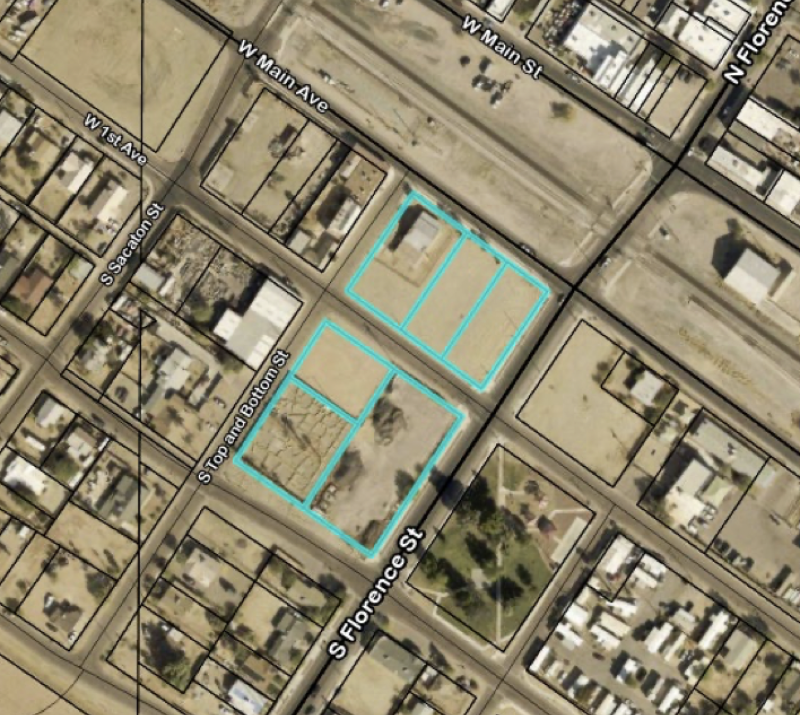The Monday Morning Quarterback
A quick analysis of important economic data released over the last week
By Elliot D. Pollack & Co. | Rose Law Group Reporter
The Commerce Department last week revised its estimate of real GDP growth upward for the first quarter of 2023 from 1.3% to 2.0%. The increase reflected strong consumer spending, exports, government spending, and nonresidential fixed investment. The first quarter GDP estimate was a deceleration compared to the rate for fourth quarter of 2022 of 2.6%.
The Fed’s preferred inflation measure, the personal consumption expenditures (PCE) price index, increased by 3.8% in May from one year ago, down from 5.4% in January. So-called core prices, which exclude volatile food and energy categories, rose 4.6% in May from a year earlier. For the first five months of 2023, PCE core inflation has remained static ranging from 4.6% to 4.7%. Economists see core inflation as a better predictor of future inflation than overall inflation. Americans are changing their spending habits with more spent on services such as healthcare, international travel, and air travel and less on goods such as autos and light trucks.
Despite the progress in taming inflation, the Fed is still planning on two more interest rate increases by the end of the year. Core inflation, in particular, has been stubbornly high and has not appreciably decreased during 2023. Meanwhile, falling gasoline prices have helped the overall inflation rate to decline.
U.S. Snapshot:
- The Conference Board’s Consumer Confidence Index rose to 109.7 from 102.5 in June as consumers saw improvement in current business and labor expectations in the present and short-term. But consumers continue to expect a recession.
- Consumer Sentiment continued to improve in the second half of the month and pushed the index to 64.4, up from 59.2 last month and 50 last year. The improvements were across all demo groups. High prices continue to weigh on consumers’ minds.
- The seasonally adjusted annual rate (SAAR) of new single-family home sales rose 12.2% to 763,000 in May compared to April. Sales are now up 20% compared to one year ago. The median home price in May 2023 was $416,300 and the average sales price was $487,300.
Arizona Snapshot:
- The Case Shiller Index continues to show monthly gains for the composite-20 index and in Greater Phoenix. The composite-20 index saw a 1.7% increase for April while Greater Phoenix only grew at 0.7%. April was the third consecutive month with an increase. Monthly price declines for Greater Phoenix started in July 2022 and continued falling through January 2023. The Greater Phoenix index peaked at 343.54 in June 2022 and bottomed out at 307.40 in January 2023. The index currently sits at 311.36, a modest increase of 1.3% over the three months ending in April.
- Of the 20 cities covered in the index, Miami, Chicago, and Atlanta reported the highest year-over-year gains in April. Miami held the top spot again with a 5.2% year-over-year price increase, its ninth consecutive month as the number one housing market. At the other end of the scale, however, the worst eight performers are all in the Mountain or Pacific time zones, with Seattle (-12.4%) and San Francisco (-11.1%) at the bottom. The Southeast (+3.6%) continues as the country’s strongest region, while the West (-6.9%) remains the weakest.
- The decline in home prices that began in June 2022 appears to have ended in January 2023. Whether we see further support for that conclusion in coming months will depend on how well the market navigates the challenges posed by current mortgage rates, expected interest rate increases by the Fed, and the continuing possibility of economic weakness.








